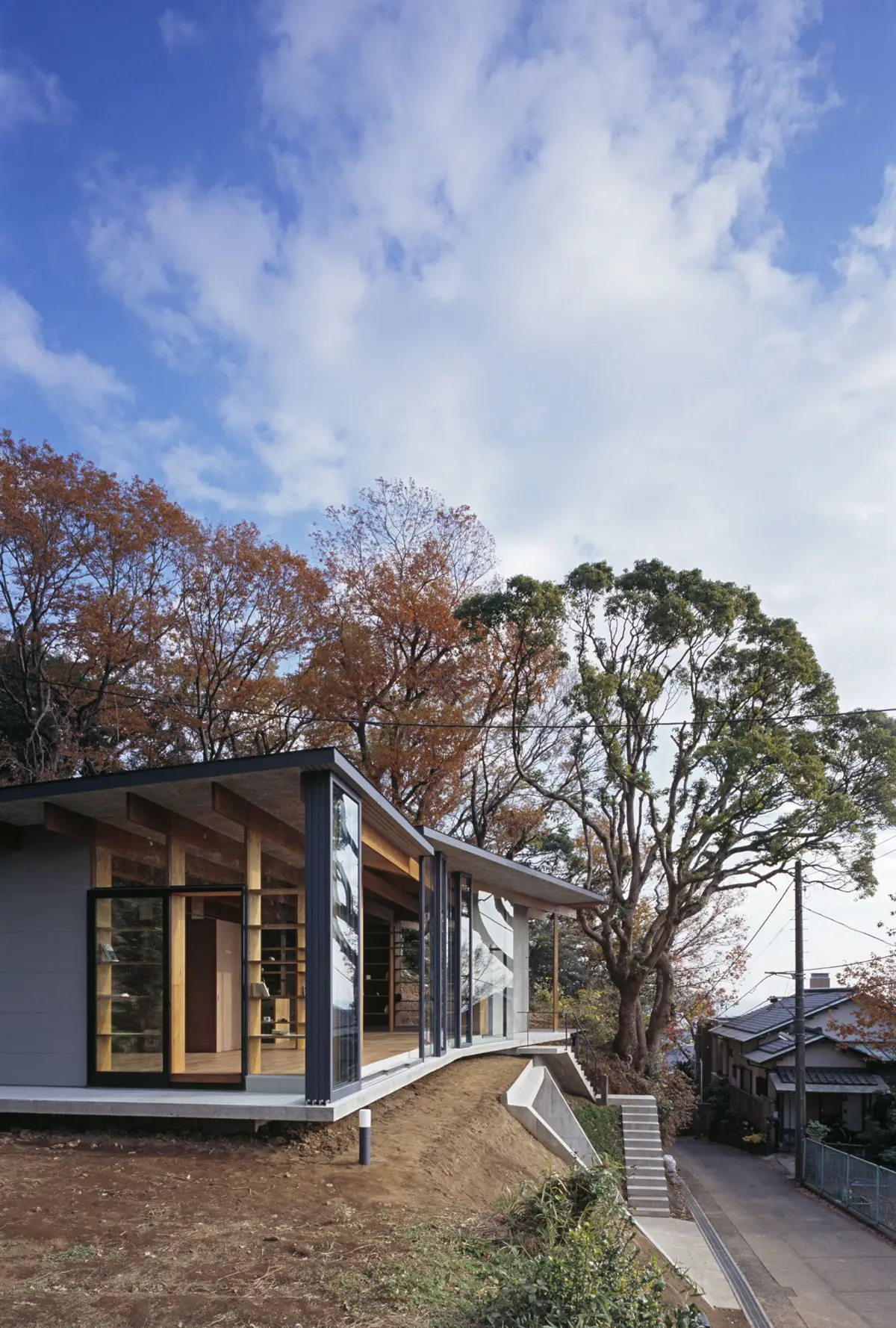Chanterelles: photos and description
Chanterelles are one of the earliest species of mushrooms, growing in coniferous or deciduous forests from late March to May.
This unusual, exotic mushroom has always been a delicacy. Already in ancient Rome they were served to the emperors and even today dishes for real gourmets are prepared from chanterelles.
Despite their high taste properties, they are considered conditionally edible, so one should know how to prepare them and what pre-treatment is required before consumption in order to only get the benefit of consumption.
Where do cone hats grow?
To find cone hats, one should go to coniferous or deciduous forests in spring. The mushrooms prefer warm, sandy and calcareous soil. From the end of March to May you can find them in clearings, dumps, in parks, at former fire sites and on clearing areas. Experienced mushroom pickers can also find them in damp places such as flood plains, lowlands and swampy areas.
You can also grow cone hats at home. They do well in the garden where there is honey fungus near old apple trees. The culture does not grow under berry bushes.
What do morels look like?
The morel mushroom (Morchella conica) belongs to the morel family and to the sac fungus class. The mushroom has no specific taste or smell. It has an original look, so it is quite difficult to confuse it with others.
The cap in this type of mushroom-like structure is cone-shaped and has a comb-like structure. Together with the handle it forms a unit. The mushroom is hollow, about 3 cm in diameter and 6 cm high. The color can vary from gray to chocolate brown. The flesh is elastic and dries quickly. The spores are creamy white.
According to the photo and description, the spruce cone has a cone-shaped stem, which is hollow inside and has a cylindrical shape with a length of about 5 cm and a thickness of 1.5 cm. As it dries, it changes its whitish-yellowish color to gray. Grooves are arranged along the entire length of the stem. The flesh is brittle, white and looks like wax, it has no odor.
Can you eat a truncated cone?
For many years, the truncated cone has been counted among the conditionally edible mushrooms, i.e. it must undergo a special treatment before consumption by first cleaning it from leaves, grass or soil and then boiling it for half an hour. After that, the water must be poured off, and the mushrooms can be used as an accompaniment to side dishes or for soups, pickles and marinades. The product is also suitable for drying.
There are different opinions about the preparation for processing. Many experts consider decoction unnecessary and uneconomical, since porcini mushrooms are completely harmless and do not contain gyromitric acid. Fruiting bodies were considered conditionally edible due to this acidity. However, several decades ago it was found that there is no compound like gyromitric acid in nature. The only reason for decoction is to confuse these representatives with similar, but actually poisonous mushrooms – spring helmlings. Both mushrooms appear at the same time, are often in the same basket and can be sold as porcini mushrooms at markets.
Tasting properties of trumpet chanterelle
The trumpet chanterelle has tender flesh. It is believed that its taste is in no way inferior to truffles. They have been collected in European countries as a delicate natural product for more than two centuries. In our country, it belongs to the third group of mushrooms. According to this classification, the trumpet chanterelle cannot be called poisonous, but it cannot be consumed without processing.
Benefit and harm to the body
The umbrella mushrooms contain B vitamins, C, PP, polysaccharides. Due to their chemical composition, mushrooms have a positive effect on the body::
- helps to strengthen the eye muscles;
- increases appetite;
- removes toxins from the body;
- normalizes blood circulation;
- strengthens the immune system;
- has an antibacterial effect.
Important! Conical umbrella mushrooms should not be taken by children under the age of 12, pregnant women and lactating women.
Contraindications include the following diseases:
- hepatitis;
- gastric and duodenal ulcers;
- hyperacid gastritis.
False doubles of chanterelles
Doppelganger has several names: ordinary rainbow, stinking chanterelle or podagrian chanterelle.
Its range includes Europe and the entire territory of Russia.
The mushroom cap has a lobed structure and resembles a bell. It is covered with slime on top to attract insects. Its color is green. The stem is white, porous and hollow inside.
During growth, a white egg first appears from the ground. In this state, the mushroom remains from several days to a month, after which it grows to a height of 30 cm in 30 minutes.
This sight gives off a sickening odor of rotten meat, which attracts insects to reproduce and can be noticed at a distance of 20 meters. After a few days, the fake chanterelle will die and turn into a pool of slime.
In France, the mushroom is considered a delicacy and is eaten raw, either in the egg phase or once it has grown.
Rules for gathering stubble mushrooms
The popularity of stubble mushrooms is explained by the fact that their collection begins in spring, when there are no other mushrooms. Experts recommend going on “quiet hunting” when it gets warm and birch mushrooms appear. It is quite difficult to find them in mixed forests, as they are cleverly camouflaged, and their light-colored hats are barely visible in last year’s dry grass. When a mushroom is found, there are bound to be a few more found nearby, but you should change your viewpoint to do so.
It is much easier to find Bread Stubble in clearings and fires. Here they are dark in color and easily visible. Mushrooms prefer to hide in piles of wood debris and settle there in whole families. They are often spotted on roadsides and embankments.
Important! Only young, strong morel specimens are collected and carefully placed in a sturdy basket to prevent them from breaking.
How to cook morels
Morels are prepared according to a specific algorithm:
- The mushrooms are thoroughly rinsed under running water, since sand is deposited in the folds and cavities of the hats, which is difficult to remove. Put water in a saucepan, salt and bring to a boil. Cut the morels and put them in boiling water. Cook for 30 minutes. Put the mushrooms in a colander and wait for the water to drain.
- The mushrooms are thoroughly rinsed under running water, since sand is deposited in the folds and cavities of the hats, which is difficult to remove.
- Put water in a saucepan, salt and bring to the boil.
- Cut the morels and put them in boiling water.
- Cook for 30 minutes.
- Put the mushrooms on a sieve and wait for the water to drain.
Then they can be fried, salted, pickled, prepared in salads, baked in pots and added to cereals.
Important! It is not worth cooking the product for soups, as this will preserve its aroma and taste.
Application in medicine
In addition to being used in cooking, porcini mushrooms have long been used in traditional Eastern medicine as decoctions, teas and extracts. In India and China, it was used to improve digestion, boost the immune system, and relieve inflammatory processes.
In Russia, porcini mushrooms were used to treat eye diseases such as myopia, cataracts and age-related visual impairment. To do this, the mushrooms are dried, ground into powder and taken 1/2 teaspoon twice a day.
An infusion to treat the blood is made from several specimens, which are washed, crushed and poured with a glass of vodka. After a month, the infusion is filtered and taken twice a day with a teaspoon, washed down with juice or other acidic drink.
Important! Medical advice is required before use.
Conclusion
The Cone Cap – an excellent mushroom with good taste, which does not require long preparation for cooking. It is used as a supporting remedy and as a basis for many dishes. Collecting this variety is interesting and not difficult, the main thing is to follow the rules. Then even beginners will easily find fruiting bodies, do not confuse them with false mushrooms, and in the end get wonderful dishes on their table.













